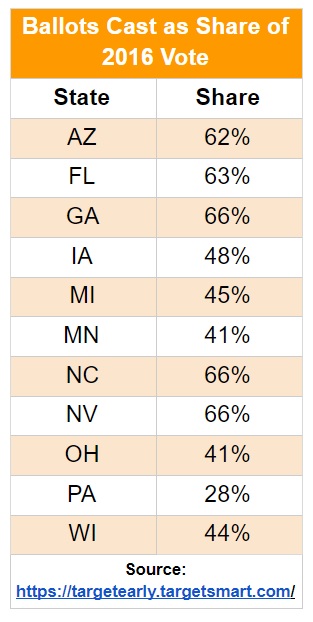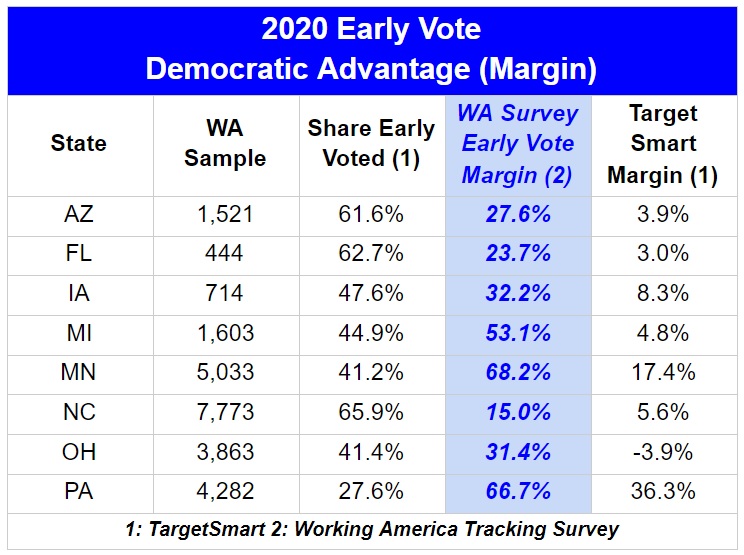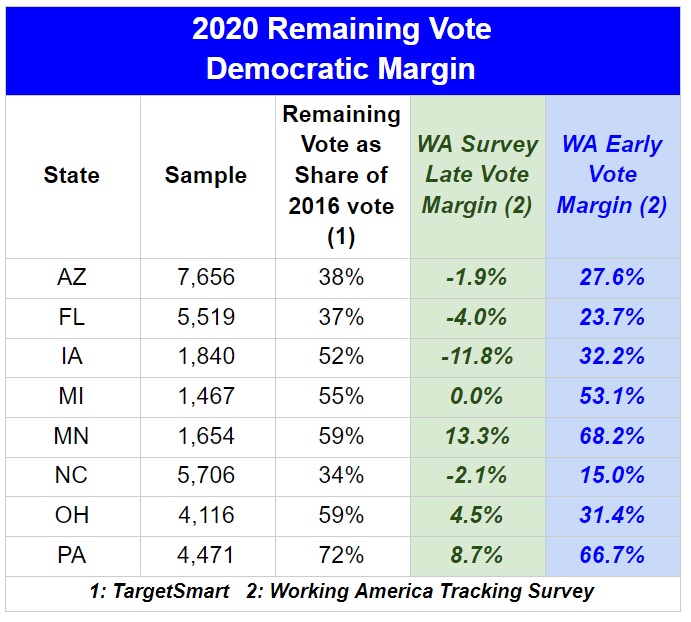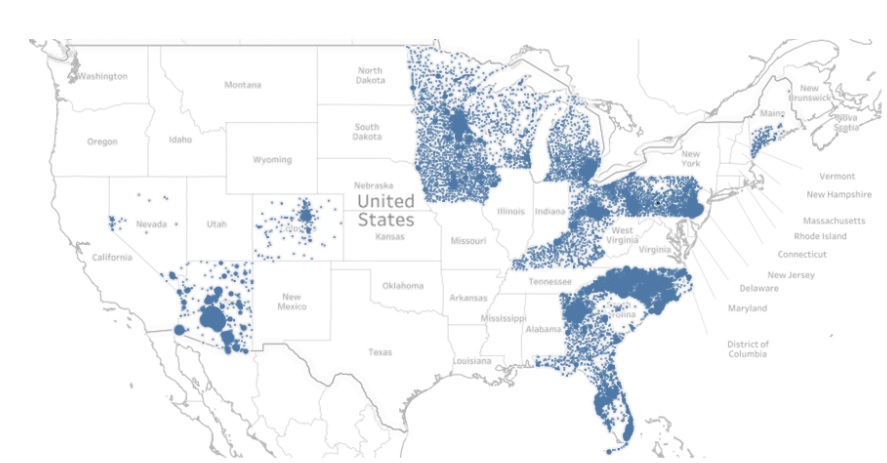Because I’ve been predicting this for a while, I was prepared for the strange trajectory of this year’s battle for control of the Senate, and wrote about it quickly at New York:
All the talk about Mitch McConnell savoring continued control of the Senate and laying plans to keep a Biden administration from accomplishing a damn thing may have been a tad premature. Yes, Republicans stymied Democrats hopes of flipping Senate seats in Iowa, Maine and several other states. Pending late returns in North Carolina (where GOP incumbent Thom Tillis is running ahead of Donald Trump and leads Cal Cunningham by 96,000 votes with mail ballots still trickling in), and Alaska (where another GOP incumbent, Dan Sullivan has a big lead over Al Gross with mail ballot counting won’t even begin until next week), Democrats have only gained one net seat in the upper chamber, and need two more to control the Senate assuming Kamala Harris is the tie-breaker as vice president).
But here’s the big breaking news: In Georgia, David Perdue’s vote total in his race against Jon Ossoff has slipped below 50 percent, and with heavily Democratic mail ballots the main votes still out, he’s not going to get a majority back.
[T]hanks to Georgia’s strange and unique majority-vote requirement for general election wins, Republican Perdue will face Democrat Ossoff in a January 5, 2021 runoff for the Senate seat despite Purdue’s comfortable 100,000-plus vote lead. (Outstanding mail ballots will undoubtedly reduce that lead and put 50 percent far out of reach for Purdue.) Libertarian Shane Hazel’s 2.3 percent of the vote is the main reason neither of the major-party candidates will be able to put it away this week, this month, or indeed, this year.
A January runoff was already in the works for Georgia’s other Senate seat, where 20 candidates competed in a November 3 non-partisan “jungle primary” special election to complete the term to which Republican Johnny Isakson (who resigned for health reasons last year) was elected in 2016. Since no one received the required majority, the top two finishers, Democrat Raphael Warnock (with 33 percent of the vote at present) and appointed Republican incumbent Kelly Loeffler (26 percent) will advance to the runoff.
The Republicans, Perdue and Loeffler, will probably be favored initially. For one thing, the conventional wisdom is that Republicans are much more likely than Democrats to turn out for a runoff that’s not held in conjunction with other elections. That was the case in the two previous Senate general-election runoffs in Georgia: in 1992 when Republican Paul Coverdell beat incumbent Democrat Wyche Fowler after narrowly denying him a majority on Election Day; and in 2008 when incumbent Republican Saxby Chambliss beat Democrat Jim Martin by a landslide after barely edging ahead of him on Election Day.
Republicans will also claim an advantage based on their narrow Election Day leads (which are growing narrower by the hour as mail ballots are counted). In particular, it will be noted that much of the sound and fury in the special election involved two Republicans, Loeffler and Congressman Doug Collins, who has already endorsed the incumbent he scorned for so many months as a RINO and a corrupt plutocrat. But if you add up the votes of all the Republicans and all the Democrats in the special election, the Republican totals barely exceed the totals for Democrats. So all else being equal, both runoffs should be very competitive.
But that’s not taking into account the insanely intense scrutiny Georgia will now get from the entire political world between now and January 5, given the enormous stakes involved. Every unspent campaign dollar and every newly unemployed campaign operative will migrate to the Peach State for a holiday season wherein Senate ads will compete with Christmas pageantry and COVID precautions for the attention of Georgia voters. You could argue that the runoffs will be particularly crucial to Democrats who know that Senate control is absolutely essential if a Biden administration (which is at this moment a near-certain prospect) is to have a prayer of getting its executive and judicial appointees confirmed and enacting any sort of legislative agenda.


 Next, we looked at how the race breaks among early voters. One of the important distinctions between our data and some of the voter-file-based reports is that we see the Biden margin increasing more than partisan identity would suggest virtually everywhere. The difference is that we are reflecting what voters shared with us, while other reports simply use the probable vote choice based on voter file data.
Next, we looked at how the race breaks among early voters. One of the important distinctions between our data and some of the voter-file-based reports is that we see the Biden margin increasing more than partisan identity would suggest virtually everywhere. The difference is that we are reflecting what voters shared with us, while other reports simply use the probable vote choice based on voter file data.



